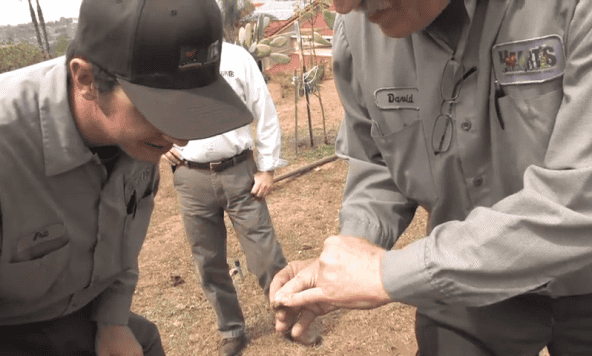Pest Control for Healthcare Facilities
INVEST IN NURTURING AND SAFEGUARDING YOUR ENTERPRISE
Our Tailored Commercial Pest Management Solutions :
- Traditional Pest Control: Often relies on chemical pesticides, posing potential health risks to patients and staff, which are unacceptable in healthcare settings dedicated to promoting well-being.
- Organic Pest Management: Prioritizes natural and eco-friendly methods like plant-based oils and biological controls, ensuring the safety and integrity of medical and veterinary offices for patients, pets, and staff.
- Integrated Pest Management (IPM): Offers a multifaceted approach tailored to healthcare offices, integrating strategies such as regular monitoring and habitat modification to prevent pest intrusion while minimizing environmental impact and health risks.
IDENTIFY
Why Choose Hearts Pest Management?
Secure your healthcare office's reputation and patient well-being from pest threats with Hearts Pest Control. Our trusted, impactful, and environmentally conscious commercial pest management solutions are customized for the healthcare industry. Contact us for a consultation with one of our knowledgeable professionals today. Your success is our success!
Call Now 1-800-986-1006
or complete the form.

EPA Award Winning Pest Management Solutions
Integrated Pest Management (IPM) prioritizes environmental safety by employing a multifaceted approach that minimizes harm to non-target organisms while effectively managing pest populations. Through techniques like biological control and habitat modification, IPM promotes sustainable pest management practices that preserve ecosystem health and biodiversity.
Hearts Pest Management's achievement of being the first pest control company in Southern California to receive the California EPA Integrated Pest Management Award highlights its commitment to environmental stewardship and sustainable pest management practices. This recognition underscores the importance of implementing integrated pest management (IPM) strategies, which prioritize the protection of ecosystems, human health, and biodiversity.
By adopting IPM principles, Hearts Pest Management not only reduces reliance on harmful pesticides but also contributes to the preservation of natural habitats and the promotion of healthier, more resilient communities for both present and future generations.
Here's why Hearts Pest Management stands out:
Customized Maintenance Plans:
Every commercial space is unique, and so are its pest control needs. Our team takes the time to understand your requirements, from prevention preferences to safety concerns. With monthly, bi-monthly, or quarterly maintenance plans, tailored solutions are within reach. Plus, enjoy the flexibility to switch plans as needed, ensuring continuous protection for your business.
Flexible Scheduling:
We prioritize your business's convenience and preferences. Whether it's coordinating around your daily operations, choosing the best day and time for service, or accommodating special health requirements, we've got you covered. Expect personalized attention to every detail, including pre-notification of upcoming visits and respect for your property's security.
Trustworthy Technicians:
Our technicians aren't just service providers; they're consultants dedicated to exceeding your expectations. Rigorous training ensures expertise in structural and landscape pest management. With a commitment to ethical practices and thorough communication, our team delivers consistent, reliable service that you can trust to safeguard your business reputation.
Comprehensive Solutions:
Say goodbye to pests with our holistic approach. Beyond ants and spiders, we offer solutions for fleas, rats, gophers, birds, bees, and more. Your Hearts Pest Management professional will address all your commercial pest control needs, providing options for organic and non-toxic treatments to suit your preferences and industry regulations.
Health Consciousness:
The well-being of your employees and customers is our priority. We understand the importance of workplace safety and offer specialized pest control solutions tailored to commercial settings. Whether you're concerned about airborne treatments or seeking pesticide-free options, we've got you covered. Our integrated pest management approach is designed for maximum effectiveness with minimal impact on health and the environment.
Enjoy a pest-free life!
Get Started